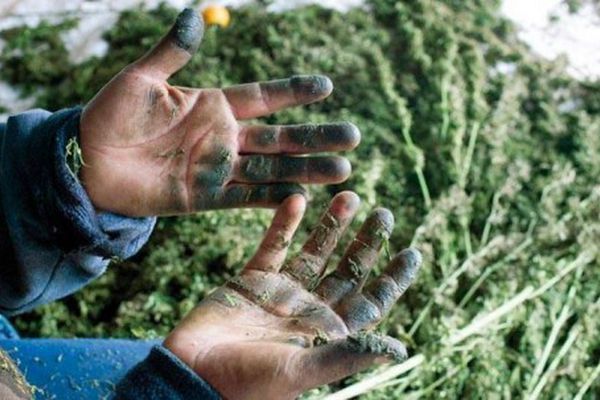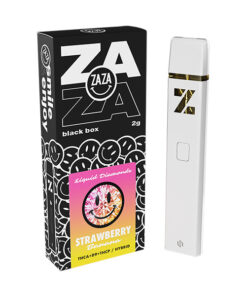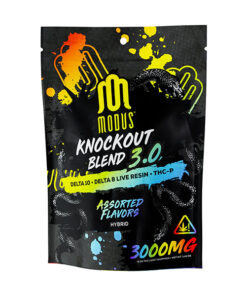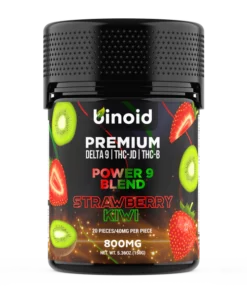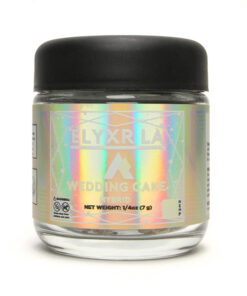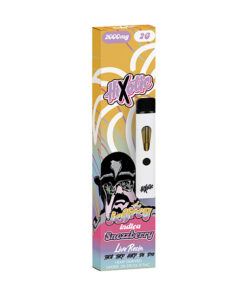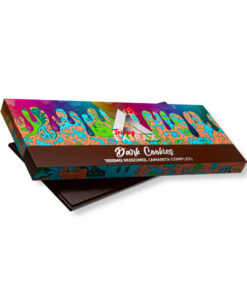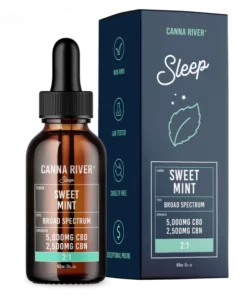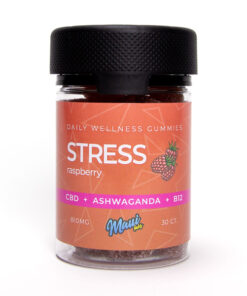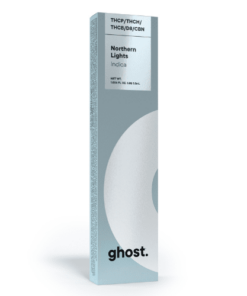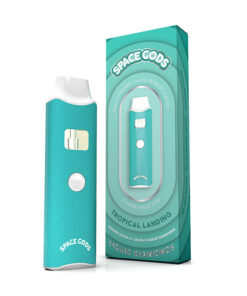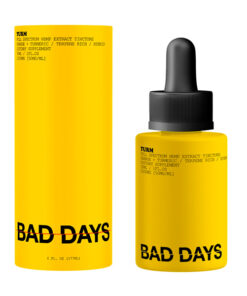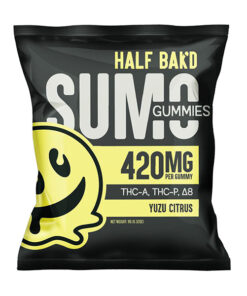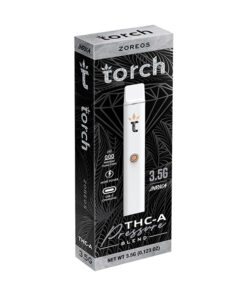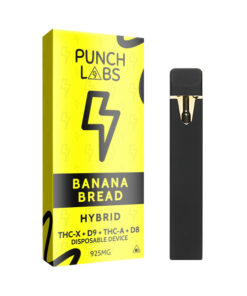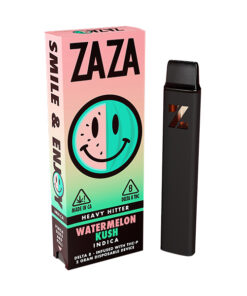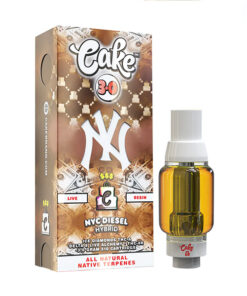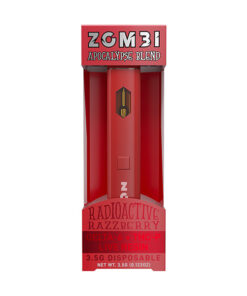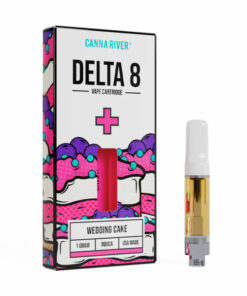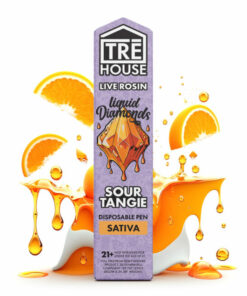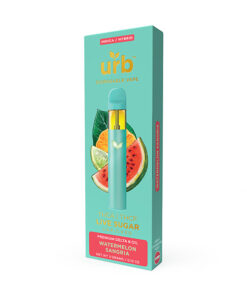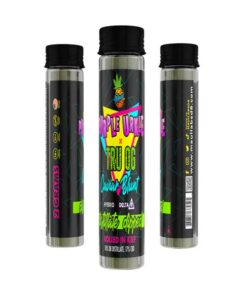How to Make Charas: The Ultimate Guide
The potency of marijuana flowers continues to rise, reaching up to 30% THC in some strains. Despite this, seasoned users seek even more robust options like cannabis concentrates, including wax and shatter.
While concentrates have gained popularity, there’s an ancient, high-potency cannabis variant known as charas, which remains relatively unknown.
This comprehensive guide explores everything you need to know about charas, including a step-by-step on how to make it.
Understanding Charas
Charas, akin to hashish, has been a part of human culture for centuries. It involves rubbing fresh marijuana flowers between the palms, creating a homogeneous mass of trichomes and resin.
Found in Jamaica, Nepal, Pakistan, and India, charas stands out as a handmade concentrate celebrated for its purity.
This process, unlike other concentrates, doesn’t require expensive equipment or solvents. Simply rubbing the buds between your hands allows THC-rich oils to be collected, forming distinctive balls.
The best charas typically originate from Indian and Pakistani landrace strains, particularly those growing in Kashmir, Malana, and the Parvati Valley.
The Charas Experience
Traditionally smoked using a chillum, a pipe used by Hindu monks, charas holds significant religious and spiritual importance, especially for sects like the Shaivs, who worship Lord Shiva.
Regions like Kashmir and the Parvati Valley are renowned for producing high-THC charas variants such as Malana Cream, Kerala Gold, and Idukki Gold.
Distinguishing Charas from Hashish
While charas and hashish share similarities, the key difference lies in their source. Hashish is derived from cured plant material, while charas is made from live, fresh marijuana cuttings. Charas purists argue that authentic charas come solely from India’s Himalayan region, dismissing versions from other countries.
A Historical Glimpse
The term “charas” traces its roots to the Persian word for a piece of leather. Indigenous to the Indian subcontinent for millennia, it has been intertwined with the spiritual history of India, mentioned in sacred Hindu texts over 2,000 years ago.
Despite its cultural significance, charas faced legal restrictions in India during the 1980s, influenced by international pressures. Production, trafficking, and possession came with severe penalties.
Crafting Your Charas: A Step-by-Step Guide
Making charas requires patience and dedication. With trimmed cannabis buds from plants 2-3 weeks from harvest, follow these steps:
- Begin with clean hands, using unscented organic hand soap.
- Trim the plucked flowers, removing sugar leaves, and leaving fresh, fat buds.
- Rub the buds between your hands, allowing the resin to excrete.
- Gradually increase hand speed until no more resin comes out.
- Press the remaining buds with your thumb to extract any remaining resin.
- Rub hands together to form the characteristic charas ball.
Note: Making charas can take up to eight hours for approximately seven grams, but the potency justifies the effort.
Enjoying Charas
Ideally, use a chillum for the traditional experience. Alternatively, mix charas with tobacco or add it to a joint, bowl, or blunt for an extra kick. Vaporizing or dabbing is also an option.
Selecting the Right Strain
While any strain can be used, high-resin content indicas from Pakistan or India, such as OG Kush or Grandfather Kush, are optimal. Other choices include Northern Lights, Bubble Kush, Royal Gorilla, or White Widow.
Conclusion
Crafting charas is a time-intensive process, but the satisfaction of creating this potent concentrate is worth it. Use fresh cannabis flowers responsibly, and revel in the unique experience that charas offers, thanks to its high THC content.


